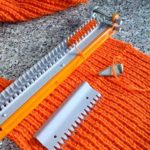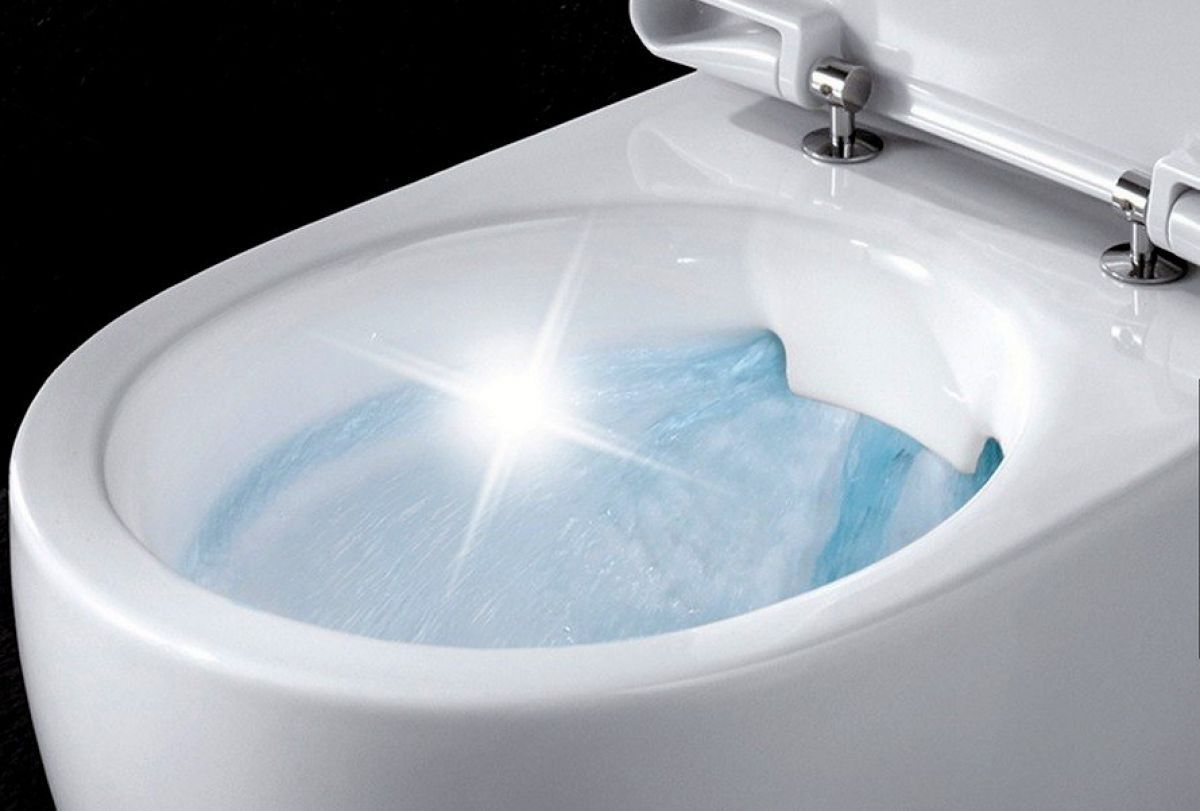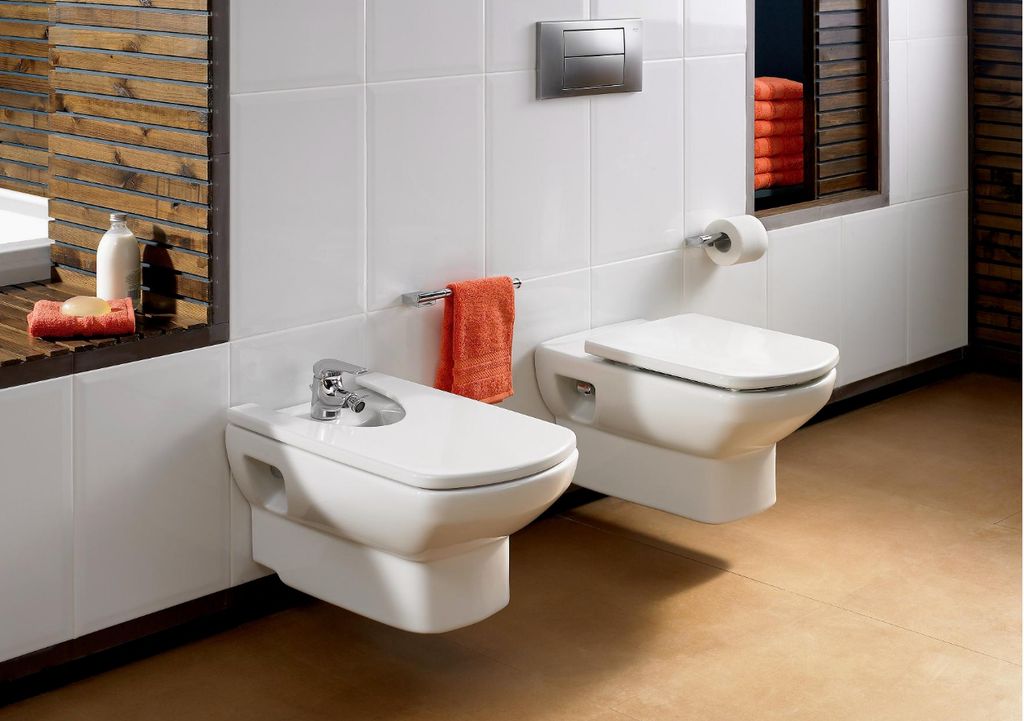Connecting the toilet to the sewer
It cannot be said that the ability to connect a toilet to a sewer is necessary for every person, but the fact that it is not useless and will help you save a lot on the services of a master is 100%. Very soon you will learn how to do it correctly and what little things to consider.
The content of the article
What is needed to connect the toilet to the sewer
Get your tools ready, gentlemen! They, of course, may vary, as well as the types of releases, but this is a must-have in any case:
- silicone sealant;
- rubber seals and gaskets;
- roulette;
- pencil;
- hammer.
Plus, any of the additional means are added to this, which I will talk about a little later, unless, of course, you decide to connect directly.
Reference! If you need to remove old cast iron pipes, it's best to leave it to the professionals. If you are ready to take on this yourself, you will need a professional hammer drill and grinder.
Connection options
Despite a bunch of different interesting models of toilets, based on the location of the outlet, they are divided into only three types: vertical, horizontal and oblique. Accordingly, depending on this, the outlet pipe is connected: sideways, downwards or at an angle.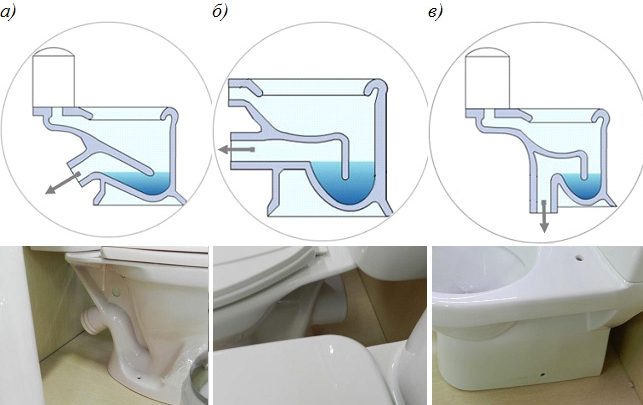
Reference! The third type is very rare in Russian apartments; rather, you will see it in houses in America or Europe, unless, of course, you suddenly decide to travel for precisely this purpose.In Russia, you can only encounter it in private and country houses.
The pipes that will connect the toilet to the sewer system also differ:
- Corrugation. It is extremely convenient, as it can bend at any angle and stretch (however, make sure that the stretching is not too strong, otherwise cracks will appear in the future). With its help, you can connect a horizontal outlet with an oblique riser and vice versa.
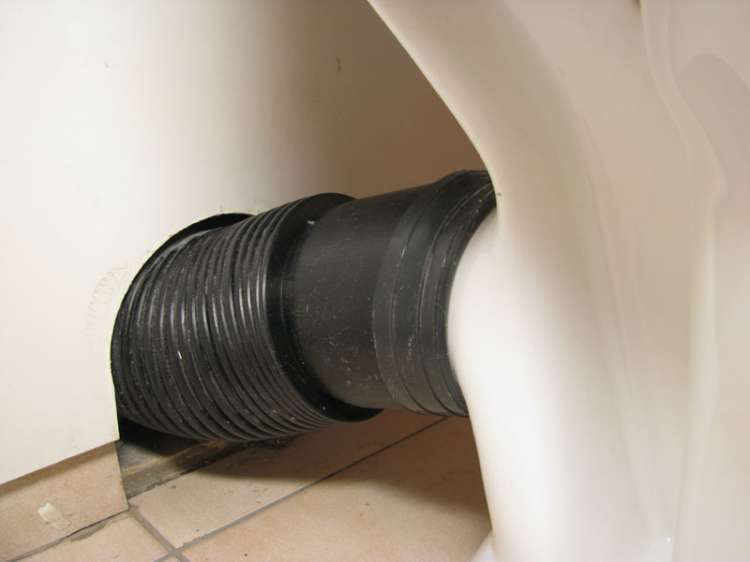
- Eccentric cuff. It is used when the principle of alignment is respected, but the holes are shifted (for example, one is higher and the other is lower). It allows you to connect them to each other, but since it is short, they should be as close as possible. Before purchasing, you need to take all measurements to select the exact model.
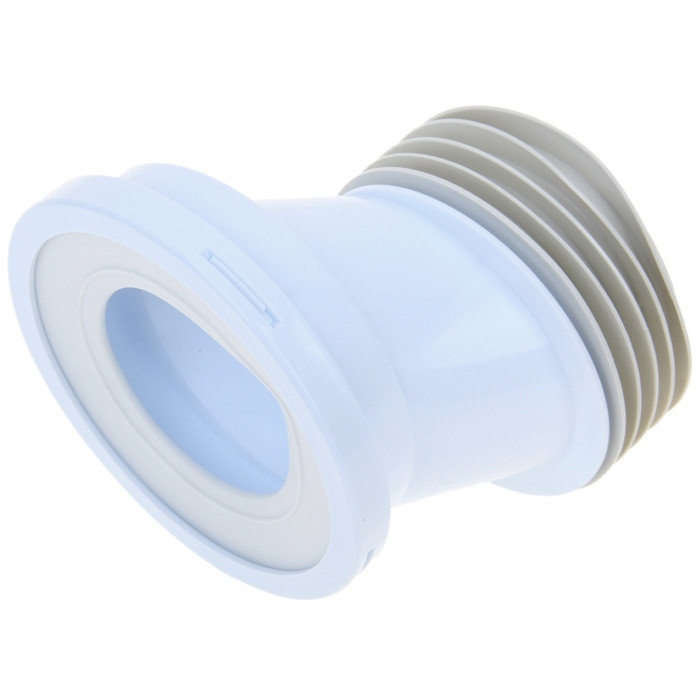
- Plastic outlet. Most often used as a substitute for corrugated pipe. It requires greater precision when purchasing and installing, but the main advantage is that due to its smooth walls it is much less likely to clog.
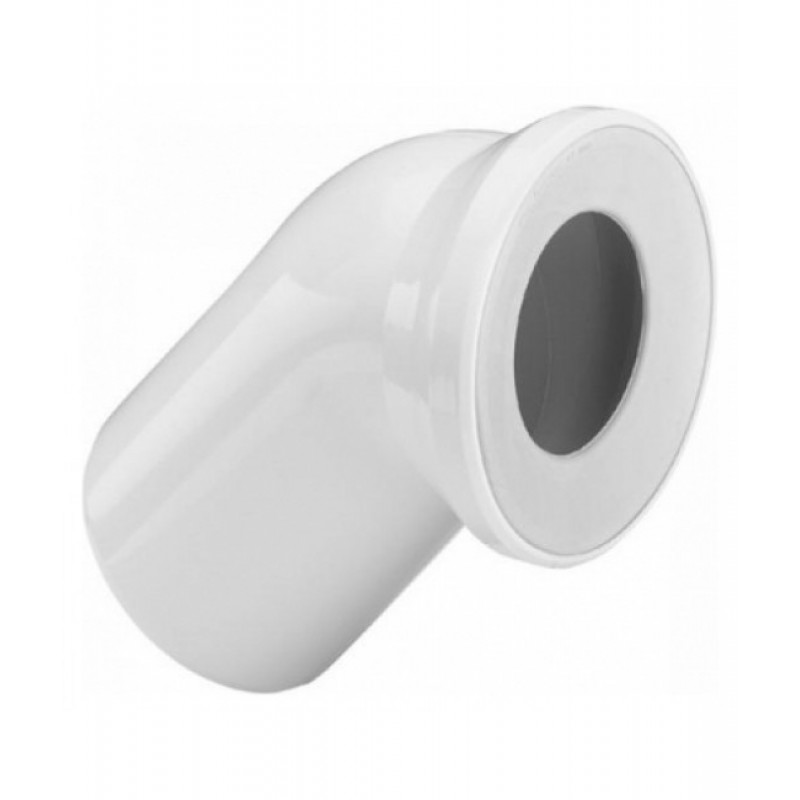
- Fan pipe. Performs the functions of a siphon in the event that it does not cope with the task: with its help, the “aromas” of the sewer system do not enter the apartment.
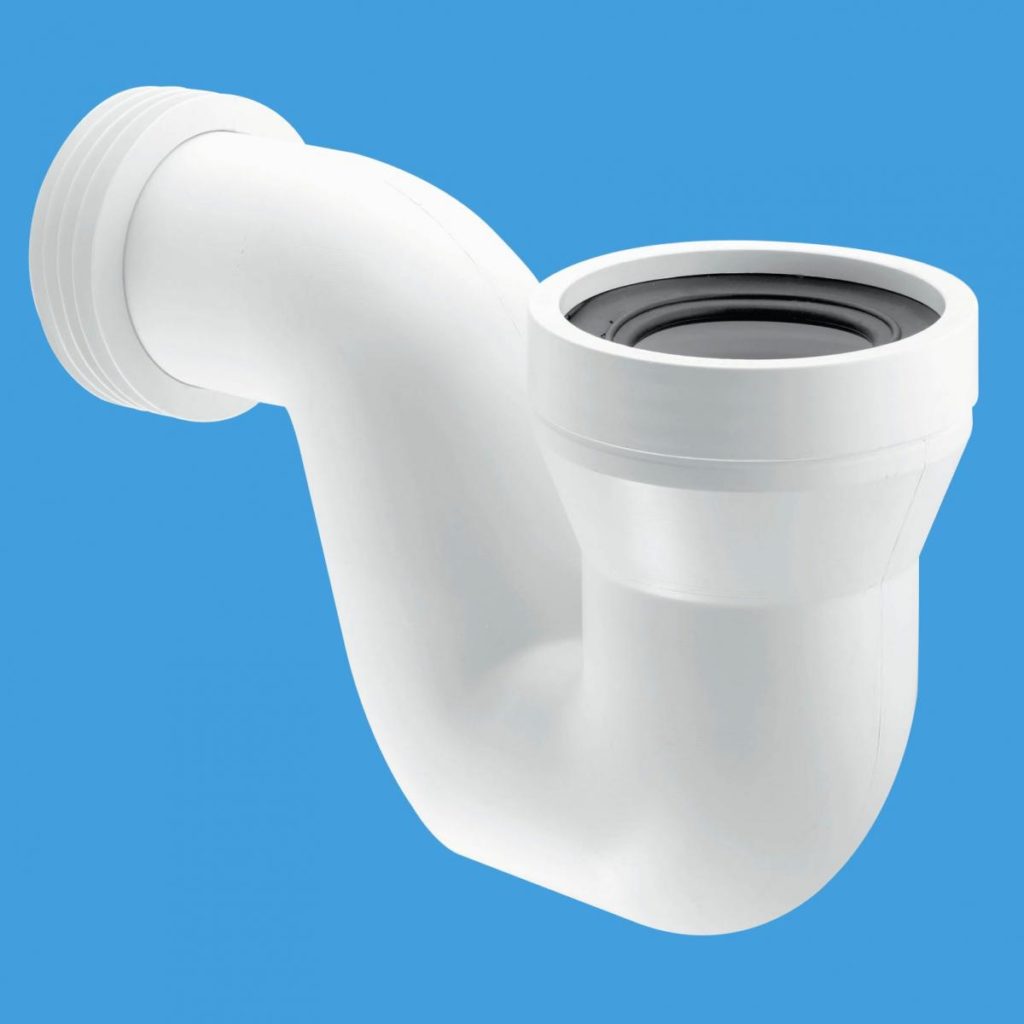
We will look at three connection methods: corrugated, plastic bends and directly.
The process of connecting the toilet and sewer step by step with your own hands
Let’s imagine this: you have an old Soviet toilet connected to a cast-iron elbow, but you don’t want to call a repairman. And if now they only make do with rubber and silicone sealant, then at that time they held them together for centuries: with the help of cement. There is no way to carefully separate it, so there is only one thing left: take a hammer and break the toilet pipe.
Important! Don't touch the cast iron! It is fragile and can break, and then you will also have to change the pipe.
Use a hammer, screwdriver and pry bar to remove pieces of cement from the outlet into the sewer. At the final stage, to remove rust and old dirt, fill the pipe with toilet bowl cleaner and scrape it off with a metal brush. The last step is to smooth the surface with a rag.
Important! Use protective gloves!
After securing the new toilet, it is time to connect it to the sewer system. The most common option chosen for self-connection is a corrugated pipe, because it is the easiest to use and does not require as many measurements as the others. Therefore, I will start with it.
Lubricate the rubber band of the corrugated pipe from the inside with silicone sealant and put it on the outlet pipe. Its second end is immersed right up to the rubber ring into the sewer drain. First, both its outer edge and the insides of the riser are also coated with silicone.
After two hours (after the sealant has dried), drain the water 2-3 times and inspect all joints. There shouldn't be a single drop on them. If everything is fine, you can screw on the tank and bowl and use it for your pleasure. If not, remove the corrugation (after removing the water from the toilet), add more sealant and reconnect.
If you decide to go with plastic bends, you can be sure: durability and ease of further use are guaranteed. However, it depends only on them where exactly the toilet will be located, and you will not be able to put it in any place you want (as is the case with corrugation). They are connected in exactly the same way, the main thing is not to forget about the sealant.
Attention! If you are wrong about the length of the bend, you can shorten it with a saw or hacksaw.
Plastic knees have many advantages, but the only downside is that they don’t look very aesthetically pleasing due to their default gray color. White, in harmony with the color of the toilet, will cost you more.
Now let's move on to the ways in which you can connect the toilet to the sewer directly.
Let's start with the vertical release. First, a flange is placed on the sewer pipe using dowels.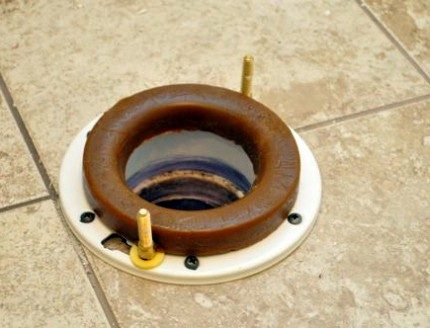
The toilet is placed directly on it so that the outlet is connected to it. The fixing bolts fall into special holes and are tightened with nuts, and decorative caps are put on top.
To connect a toilet with a horizontal outlet, you will need the same steps as with the corrugation: the sewer hole is lubricated with silicone and a pipe is inserted into it. After two hours, the absence of leaks is checked by rinsing.
Reference! Sometimes, for one reason or another, you need to move the toilet a little to the side. In this case, the eccentric cuff, which has already been discussed above, will help you connect. It is installed in exactly the same way as a corrugated pipe. However, remember that in this case the toilet will also move forward a little.
The oblique outlet is connected in exactly the same way as the horizontal one.
As you can see, they didn’t do anything particularly complicated, and they didn’t have to call a plumber. Enjoy!

